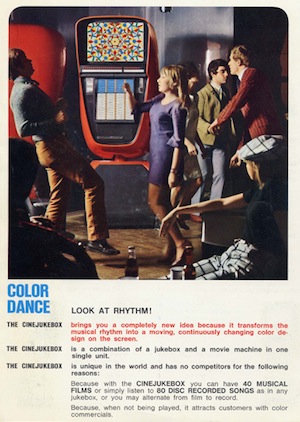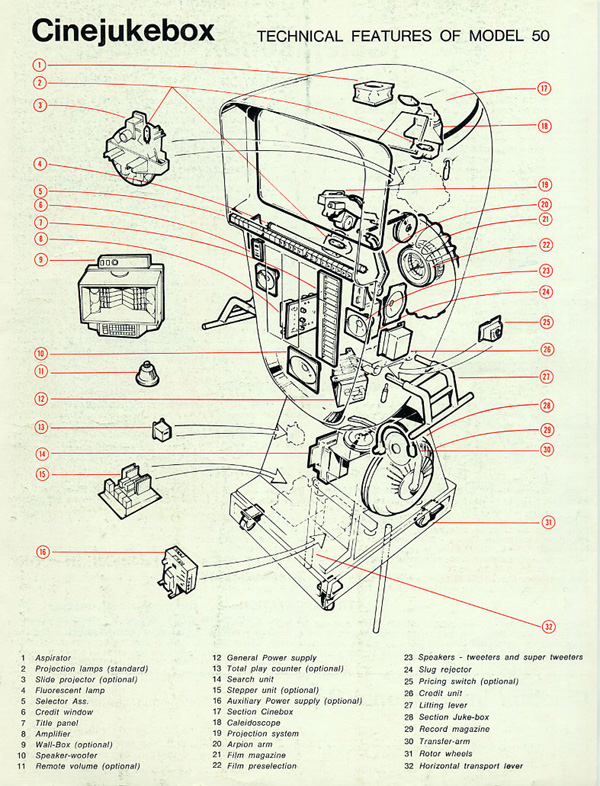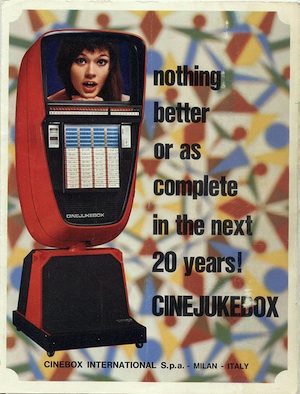This could serve well as the anthem of a global corporation!
Lyrics (use the translation bar at the right if you can’t read French)
L’Opportuniste
Je suis pour le communisme, je suis pour le socialisme
Et pour le capitalisme parce que je suis opportuniste.
Il y en a qui contestent, qui revendiquent et qui protestent.
Moi je ne fais qu’un seul geste, je retourne ma veste
Je retourne ma veste toujours du bon côté.
Je n’ai pas peur des profiteurs ni même des agitateurs
J’fais confiance aux électeurs et j’en profite pour faire mon beurre.
Il y en a qui contestent, qui revendiquent et qui protestent.
Moi je ne fais qu’un seul geste, je retourne ma veste
Je retourne ma veste toujours du bon côté.
Je suis de tous les partis, je suis de toutes les partys
Je suis de toutes les cauteries, je suis le roi des convertis.
Il y en a qui contestent, qui revendiquent et qui protestent.
Moi je ne fais qu’un seul geste, je retourne ma veste
Je retourne ma veste toujours du bon côté.
Je crie vive la révolution, je crie vive les institutions
Je crie vive les manifestations, je crie vive la collaboration
Non jamais je ne conteste ni revendique ni ne proteste
Je ne sais faire qu’un seul geste, celui de retourner ma veste
De retourner ma veste toujours du bon côté
Je l’ai tellement retournée qu’elle craque de tous côtés.
A la prochaine révolution, je retourne mon pantalon.



